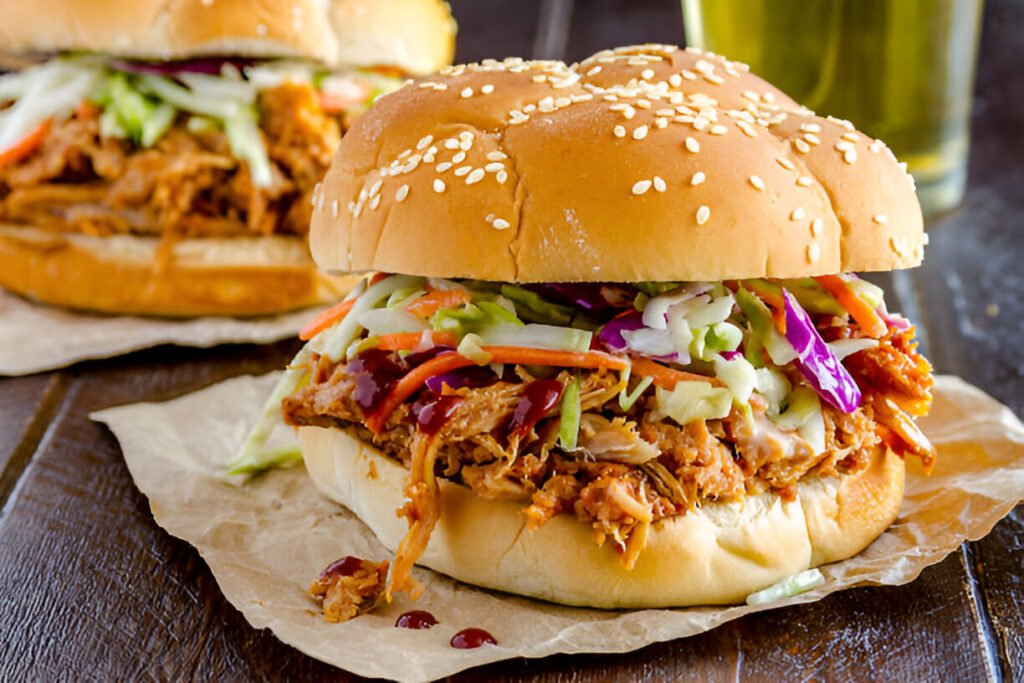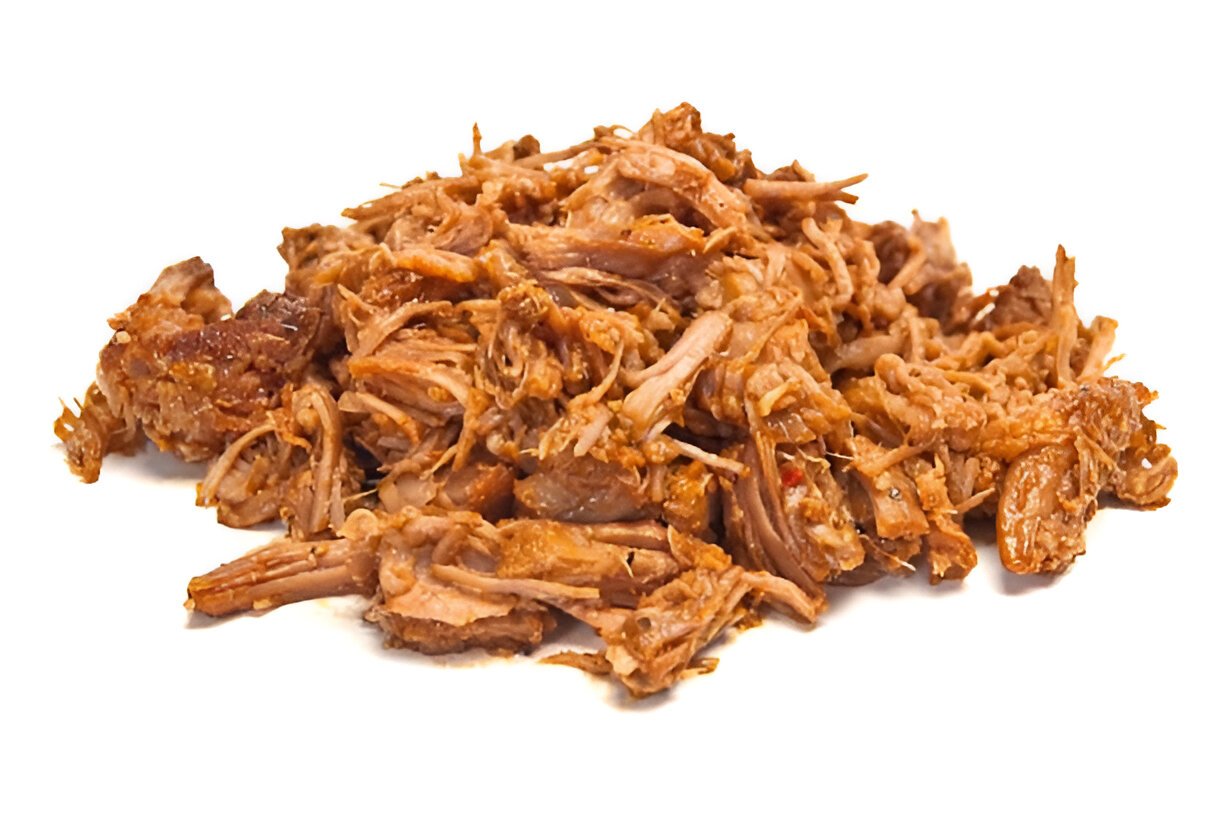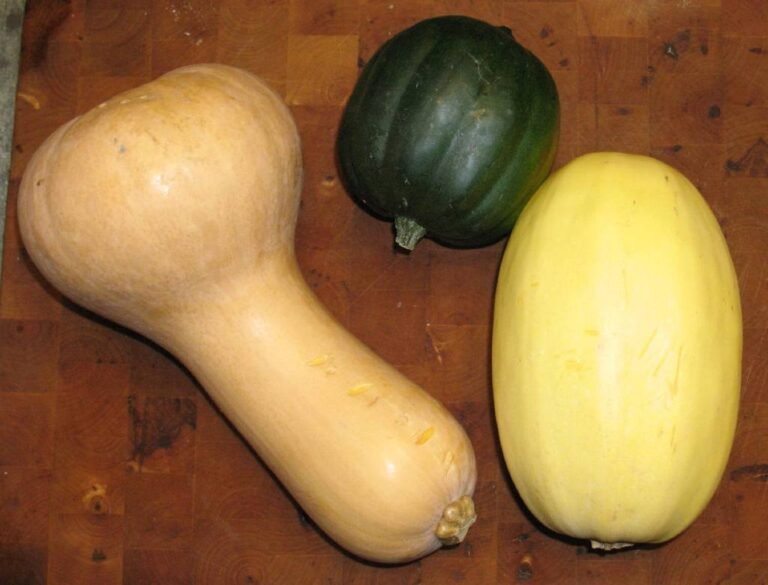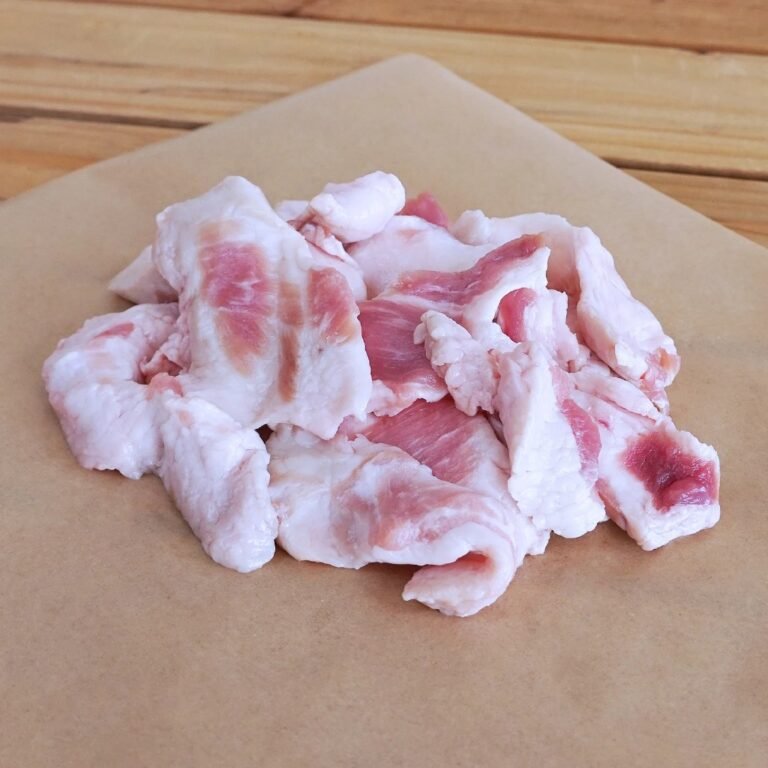How Much Does a Pound of Pulled Pork Cost? A Guide to Pricing
Pulled pork is one of those dishes that instantly transports me to summer barbecues and backyard gatherings. Its tender, smoky strands have a way of bringing people together around the table. I vividly remember planning a big grill party last summer, hunting for the best deals on pulled pork to feed a crowd.
Finding the perfect balance between quality and affordability was the focus, not just about saving money. Although pulled pork is a popular dish, its cost can vary significantly depending on the source and preparation method.
Have you ever stood in a grocery store or scanned a restaurant menu, wondering, “How much does a pound of pulled pork really cost?” Factors such as location, whether you’re buying it pre-made or cooking it from scratch, and even the quality of the meat itself can significantly influence the price. It’s a question that often pops up when planning meals for gatherings or budgeting for a barbecue feast.
In this blog post, I’ll break down the average cost of pulled pork per pound, explore the factors that influence pricing, and offer tips to help you get the most value for your money. By the end, you’ll have a clear idea of what to expect and how to make pulled pork a delicious yet budget-friendly addition to your next meal. Let’s dive in!
How Much Does Pulled Pork Typically Cost?
The typical cost of a pound of pulled pork can vary within a range of $5 to $15, contingent on several factors.
These include the meat’s quality and origin, whether it’s sold cooked and seasoned or raw, and where you choose to purchase it.
“Southeast Asian salads are a great balance of salty, sweet-sour, and spicy. Its important to have both pork and seafood, but you can vary the seafood from prawns and squid to crab meat or even small pieces of firm fish such as monkfish, John Dory or gurnard.”
– Rick Stein, Chef
While supermarkets often offer more budget-friendly options, specialty butcher shops, delis, and restaurants may command a higher price for their expertise and preparation.
The diverse prices cater to different budgets and preferences, making pulled pork accessible for an economical meal or a premium dining experience.
| Also Read: How Long Can Pulled Pork Stay In The Fridge? |
What Determines the Price?
- Meat Quality: The meat quality, such as the cut and grade, significantly impacts the price. Higher-quality cuts generally come at a premium.
- Source of Meat: The source of the meat, whether it’s locally sourced, organic, or from a specialty provider, can affect the cost.
- Cooking Methods: Pre-cooked pulled pork may have additional seasoning and preparation costs compared to raw meat, affecting the price.
- Seasonings and Flavors: Using unique rubs, sauces, and marinades can contribute to variations in price.
- Location: Prices can vary based on the region and local market conditions.
- Provider Type: Purchasing from a supermarket, butcher shop, deli, or restaurant can lead to different pricing due to varying levels of expertise and service.
- Portion Sizes: The quantity you purchase can influence the overall price.
- Packaging and Presentation: Premium packaging, ready-to-eat options, or special presentation might impact costs.
- Additional Sides: Some providers offer pulled pork with sides or accompaniments, which can influence the final price.
| Check out: What To Do With Pork Fat Trimmings? |
Does The Source Of Purchase Affect The Price?
The source of purchase significantly impacts the price of pulled pork. Where you buy your pulled pork – whether it’s from a local butcher, a deli, a specialty restaurant, or a supermarket – can lead to varying price points.
Specialty providers often offer higher-quality and meticulously prepared options, which may come with a premium price due to their expertise and attention to detail.
On the other hand, supermarkets might offer more budget-friendly choices, catering to a broader range of consumers.
Are There Cost Differences Between Homemade & Store-Bought?
Yes, there are often cost differences between homemade pulled pork and store-bought options.
While making pulled pork at home requires an upfront investment in ingredients, cooking time, and effort, it can ultimately be more budget-friendly.
“Savoring the succulence of a pound of pulled pork is not just a culinary pleasure but a journey through flavors and value. The price per pound unveils a tale of craftsmanship, ingredients, and the love put into perfecting this dish.”
– Eat Pallet Restaurant & Food Advice
This is because you control the meat quality, seasonings, and cooking methods, which can lead to a larger yield and potentially more servings per pound.
On the other hand, store-bought pulled pork might come with additional preparation and packaging costs, making it relatively more expensive.
However, the convenience of store-bought options can be appealing, especially when time and effort are considerations.
What Other Factors Should I Consider?
- Portion Sizes: Different providers might offer varying portion sizes, which can affect the overall cost per pound.
- Packaging: Premium packaging or specialized presentation might contribute to a slightly higher price.
- Additional Sides or Accompaniments: Some offerings come with sides, sauces, or accompaniments that can influence the total cost.
- Special Preparations: Pulled pork with unique methods or flavors might come at different prices.
- Special Offers: Look out for special deals, discounts, or promotions that can provide more value for your money.
- Customization: Some providers may offer customization options, allowing you to tailor the pulled pork to your preferences, which might come with a slight price adjustment.
Choosing the Right Meat Cut for Pulled Pork
When preparing pulled pork, selecting the right cut of meat is crucial for the best flavor and tenderness. The most common cuts for pulled pork include pork shoulder and pork butt, both of which are popular for their ability to break down during slow cooking. Each cut offers different price points and cooking characteristics. For example, pork shoulder tends to be more affordable, while brisket, though flavorful, can be pricier.
Here’s a quick breakdown of popular cuts and cost considerations:
- Pork Shoulder: Affordable, great for long, slow cooking
- Pork Butt: Slightly higher in cost, offers more marbling for juicy meat
- Brisket: Expensive, but very flavorful with a rich, smoky taste
Consider the marbling and fat content of the cut, as they directly impact the tenderness and flavor. More fat typically means a juicier, more flavorful result, especially after slow cooking. Understanding these factors can help you choose the best cut for your pulled pork.
FAQs on a Pound of Pulled Pork Cost
How many servings is a lb of pulled pork?
A pound of pulled pork can serve approximately 3 to 4 people, depending on portion sizes and appetites. This estimate assumes a moderate serving size of about 4 to 6 ounces per person.
How many people will 1 kg of pulled pork feed?
One kilogram (approximately 2.2 pounds) of pulled pork can typically feed around 6 to 8 people, assuming a moderate serving size of about 150 to 200 grams (5 to 7 ounces) per person.
In Conclusion
Understanding the cost of a pound of pulled pork involves considering various factors influencing its price.
Whether you’re exploring options at local markets, butcher shops, delis, or even contemplating making it at home, the price per pound reflects the quality, preparation, and expertise behind this delectable dish.
By delving into these considerations, you can make informed choices that align with your preferences and budget, ensuring that every bite of pulled pork delivers value and flavor to your table.






